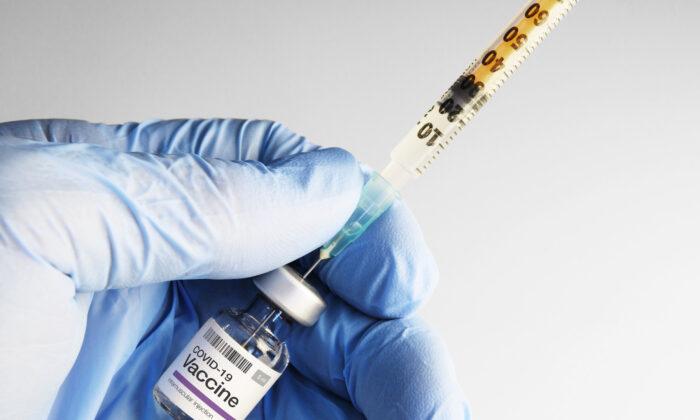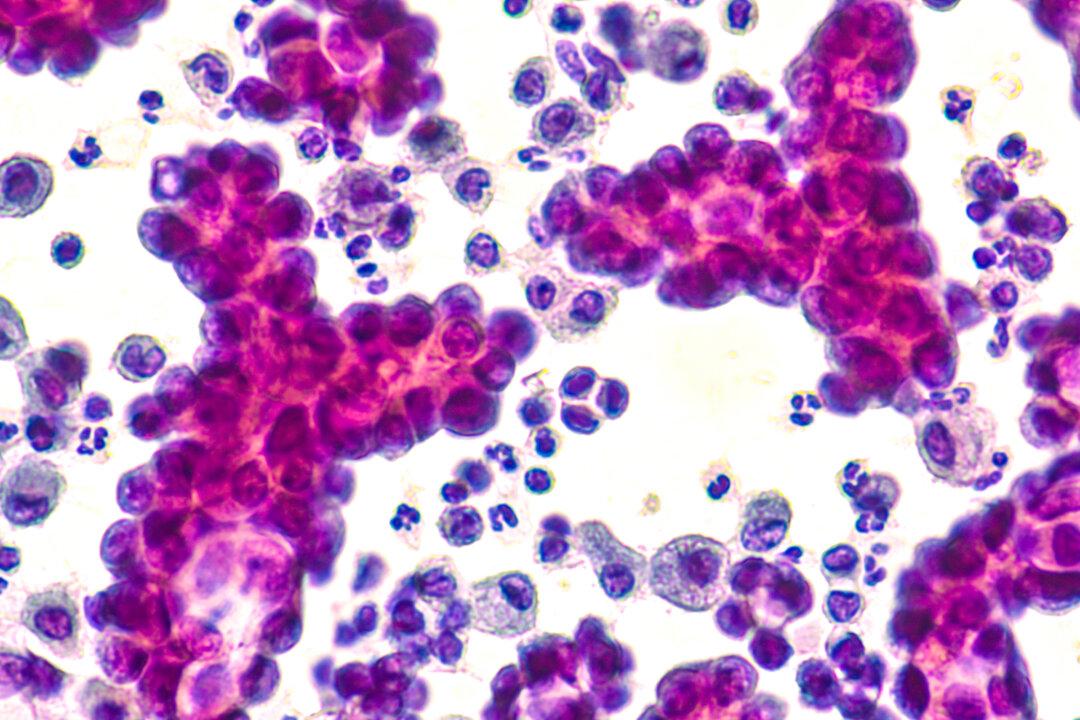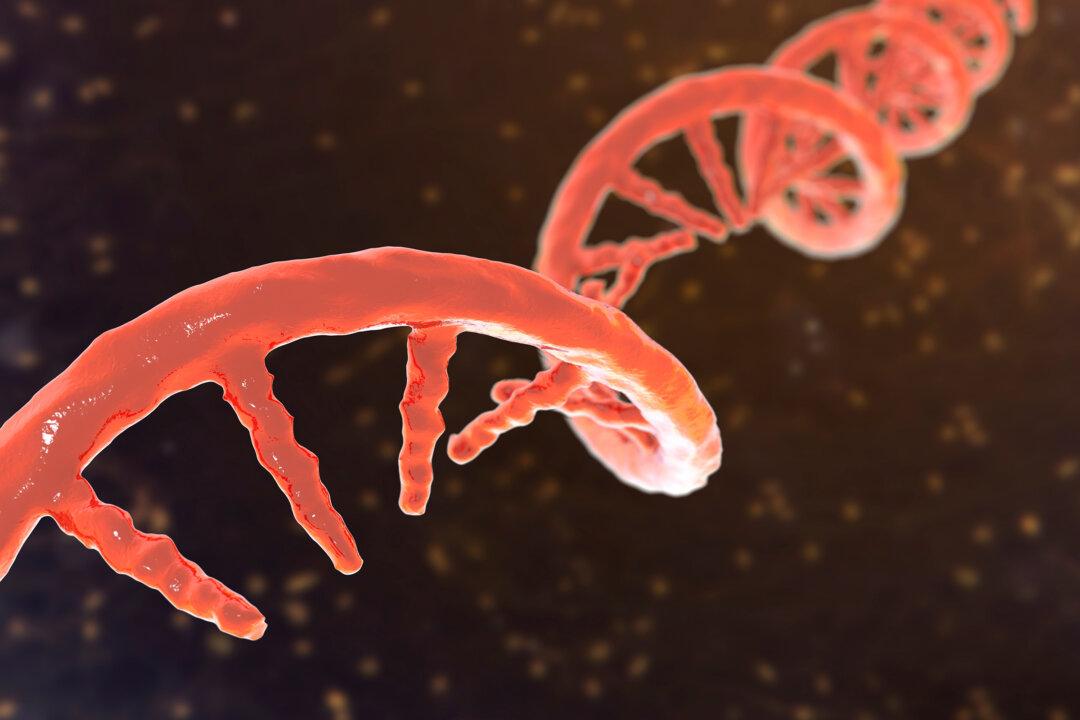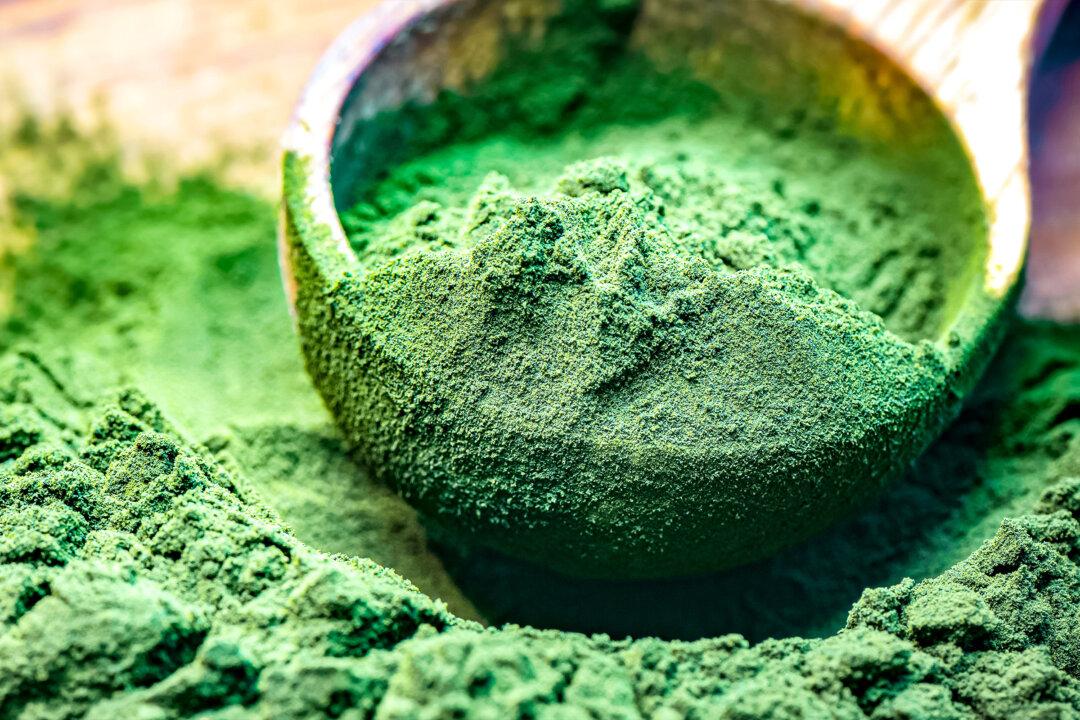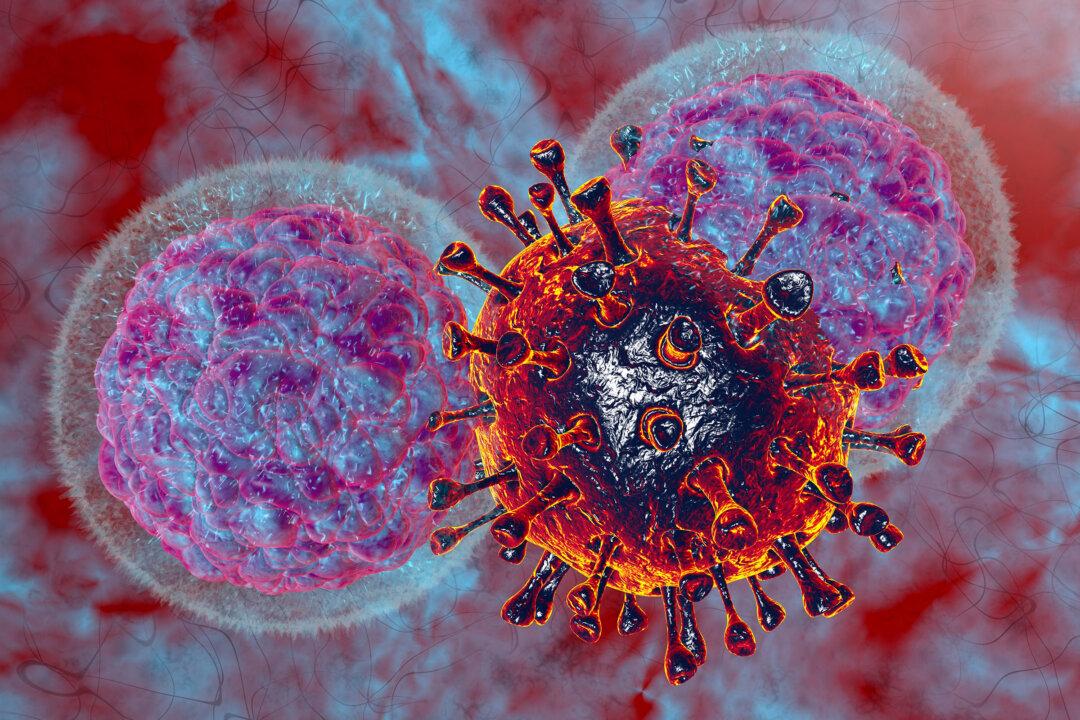Studies on COVID-19 vaccines have suggested a link between receiving the vaccination and developing Creutzfeldt-Jakob disease (CJD), a rare and fatal brain condition.
CJD is caused by abnormalities in proteins in the brain called prions. When prion proteins become diseased or misfolded, they cause nearby proteins to also become misshapen, leading to the deterioration of brain tissue and eventual death.
The disease is incurable, as abnormal prions continue to propagate, and currently there isn’t any treatment capable of stopping this process.
The majority of people with CJD have the sporadic type, meaning they become infected for no apparent reason. A small subset of people are diagnosed due to heredity.
The first Wuhan COVID-19 strain and the Delta variant both have a prion region in their spike protein, while the Omicron variant doesn’t.
Therefore, when the Wuhan variant’s spike protein gene information was used to make mRNA and adenoviral DNA vaccines, the prion region was also incorporated.
After a patient takes an mRNA vaccine from Pfizer or Moderna, the mRNA is naturally incorporated into the person’s cells, which then use the mRNA instructions to produce a synthetic spike protein.When the spike protein is released by the cell into the bloodstream or tissue fluids, immune cells will recognize it as a foreign substance and mount an immune attack. The cells will thus create an immunological memory against a component of the coronavirus.
Further, the study highlighted that the spike protein genetic sequence in the Pfizer and Moderna vaccines have been “mutated,” or changed, so that the protein would be more stable in the body and have a harder time getting into the cell. This was done deliberately so that the viral proteins would be exposed longer and therefore would elicit a stronger immune response.
This new change introduced into the spike proteins may also increase the chance of misfolding, wrote the study’s authors.
However, the authors of the French study found that the cases of CJD observed in individuals who had received COVID-19 vaccines were a lot more rapid in onset, with symptoms appearing within 11.38 days of being vaccinated, which is indicative of a new form of CJD.
The French study identified 26 cases across Europe and the United States. Twenty of the individuals had already died by the time the study was written, with death occurring, on average, 4.76 months after being vaccinated. Among the 20 deaths, eight of the individuals experienced sudden death, in an average time period of 2 1/2 months after vaccination.
“All this confirms the radically different nature of this new form of CJD, whereas the classic form requires several decades,” the researchers wrote.
The study’s lead author, Dr. Jean-Claude Perez, informed The Epoch Times on June 6 by email that all 26 patients in the study had died.

